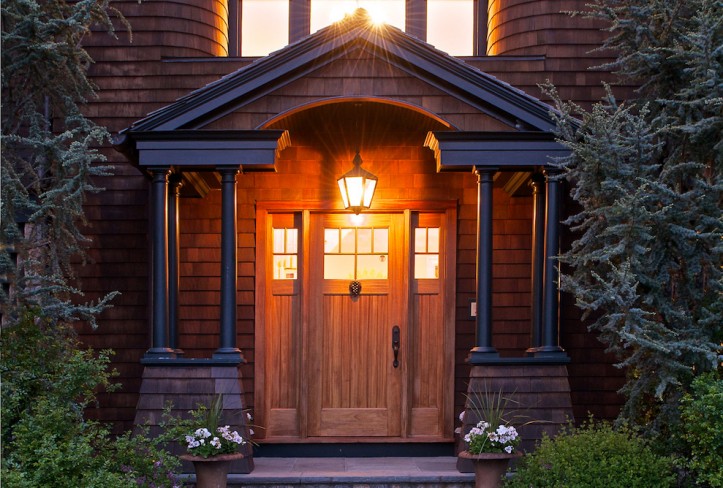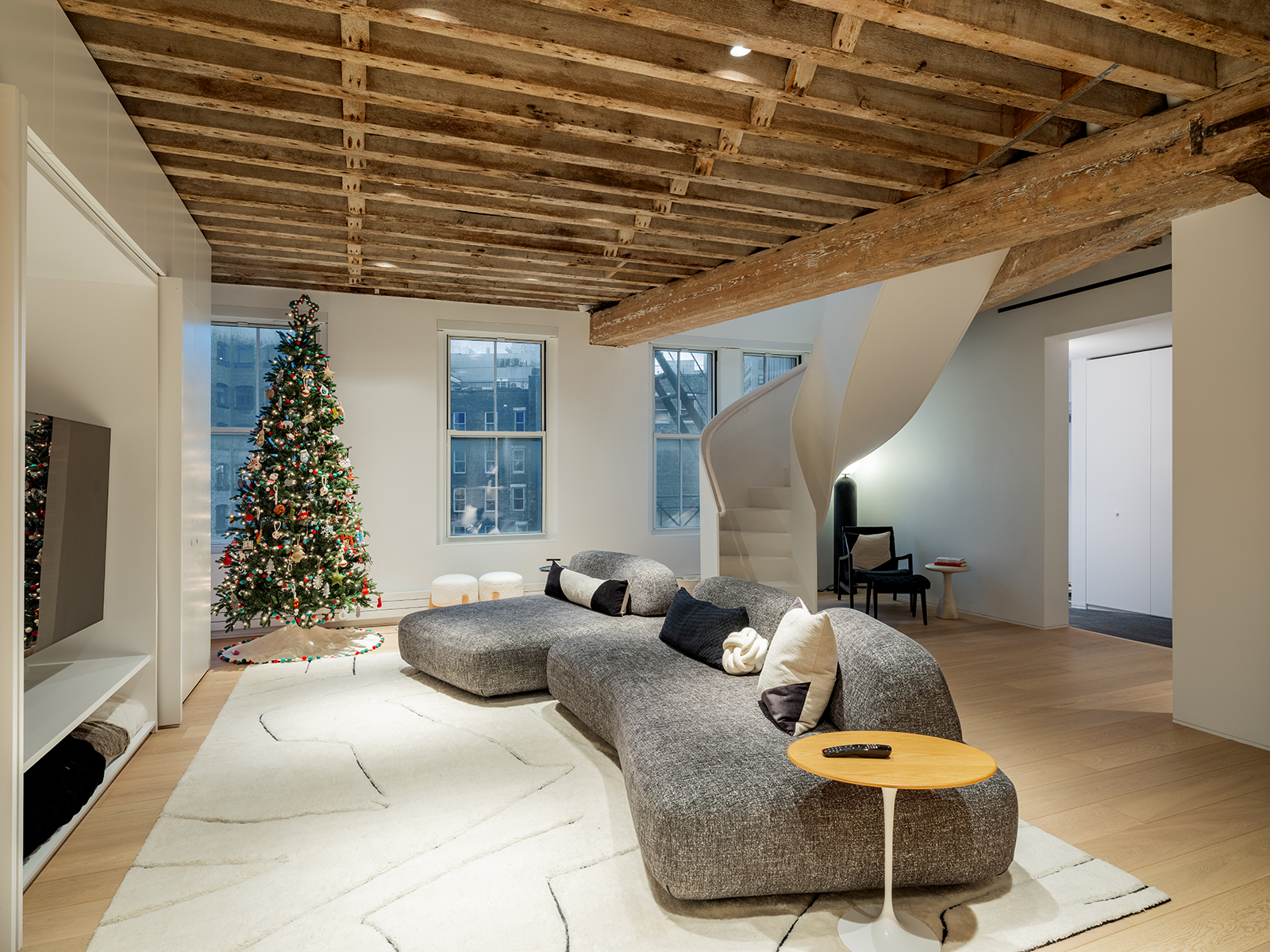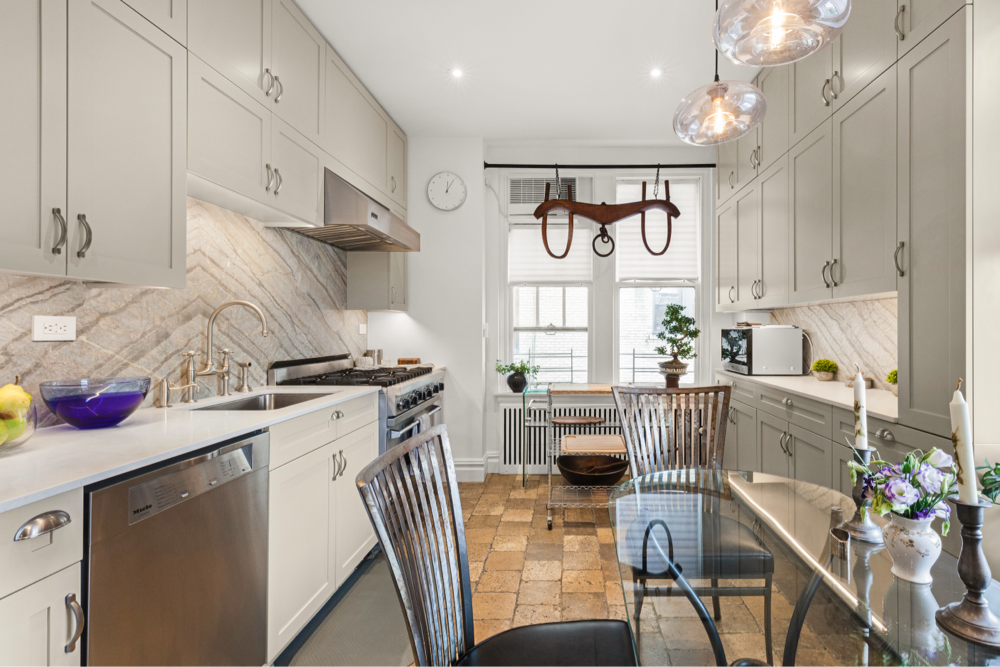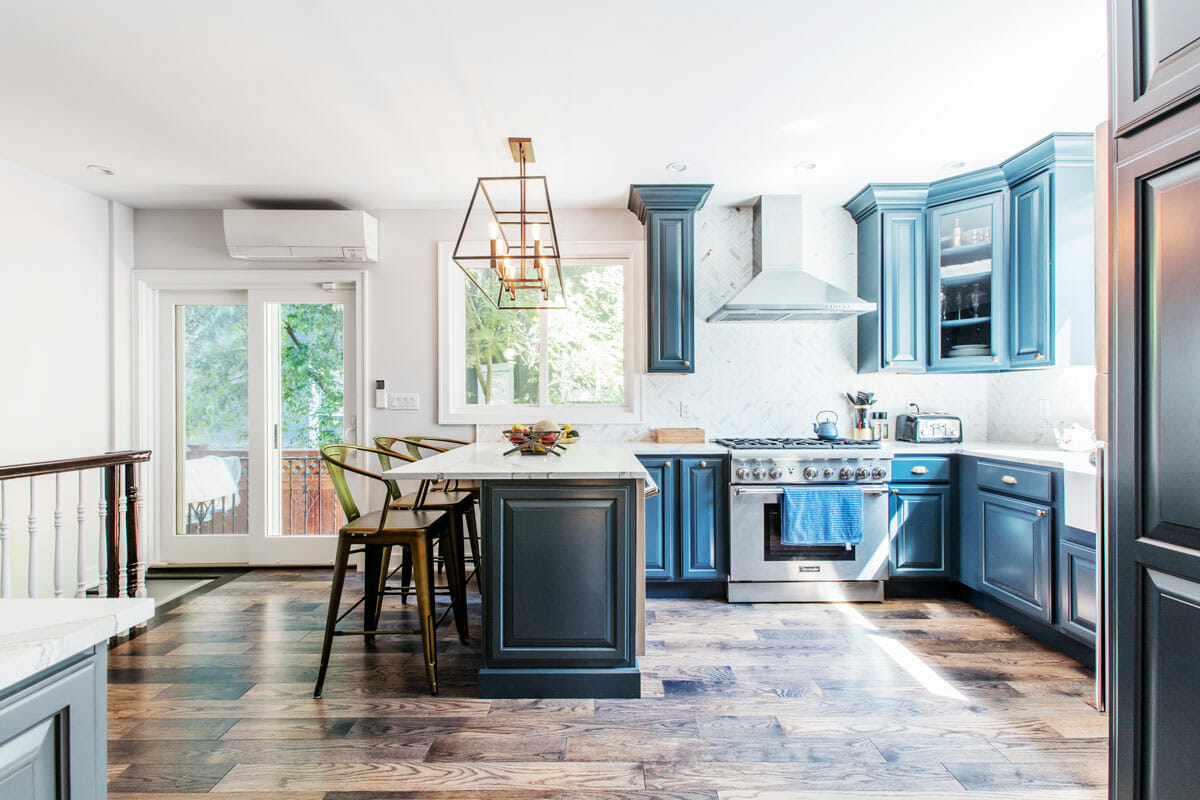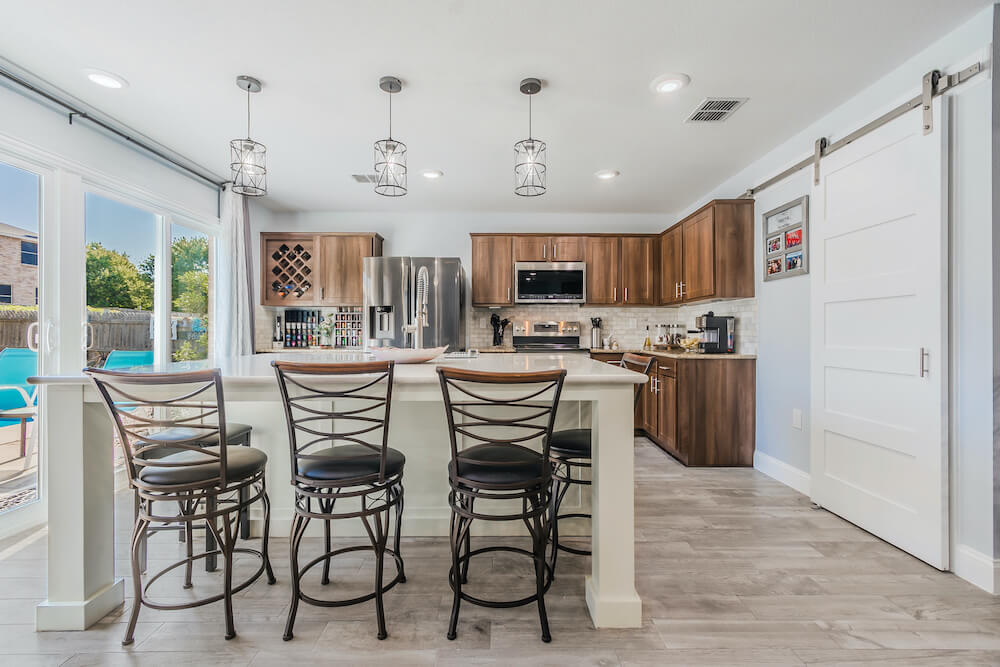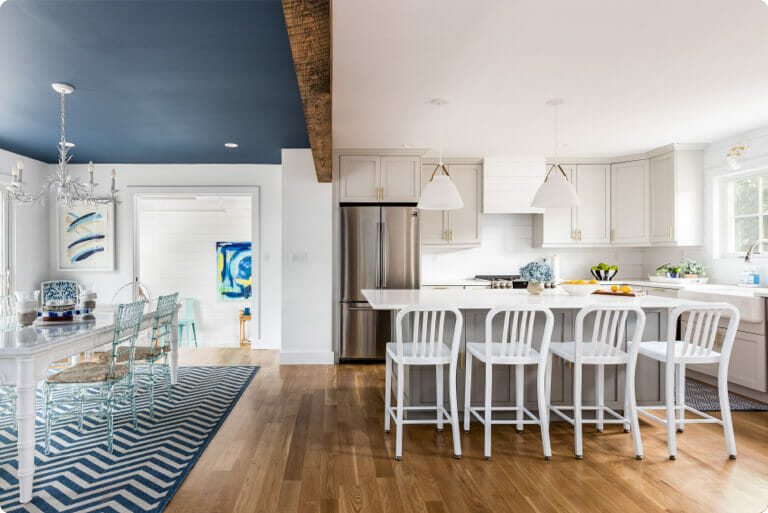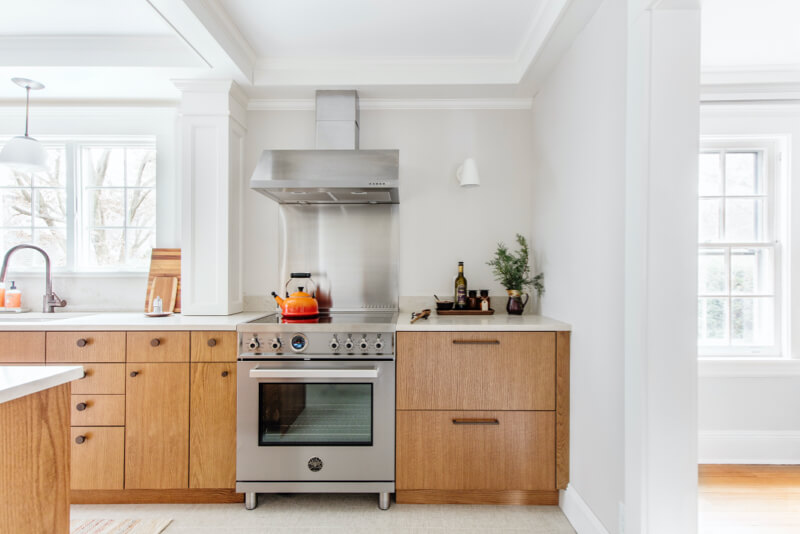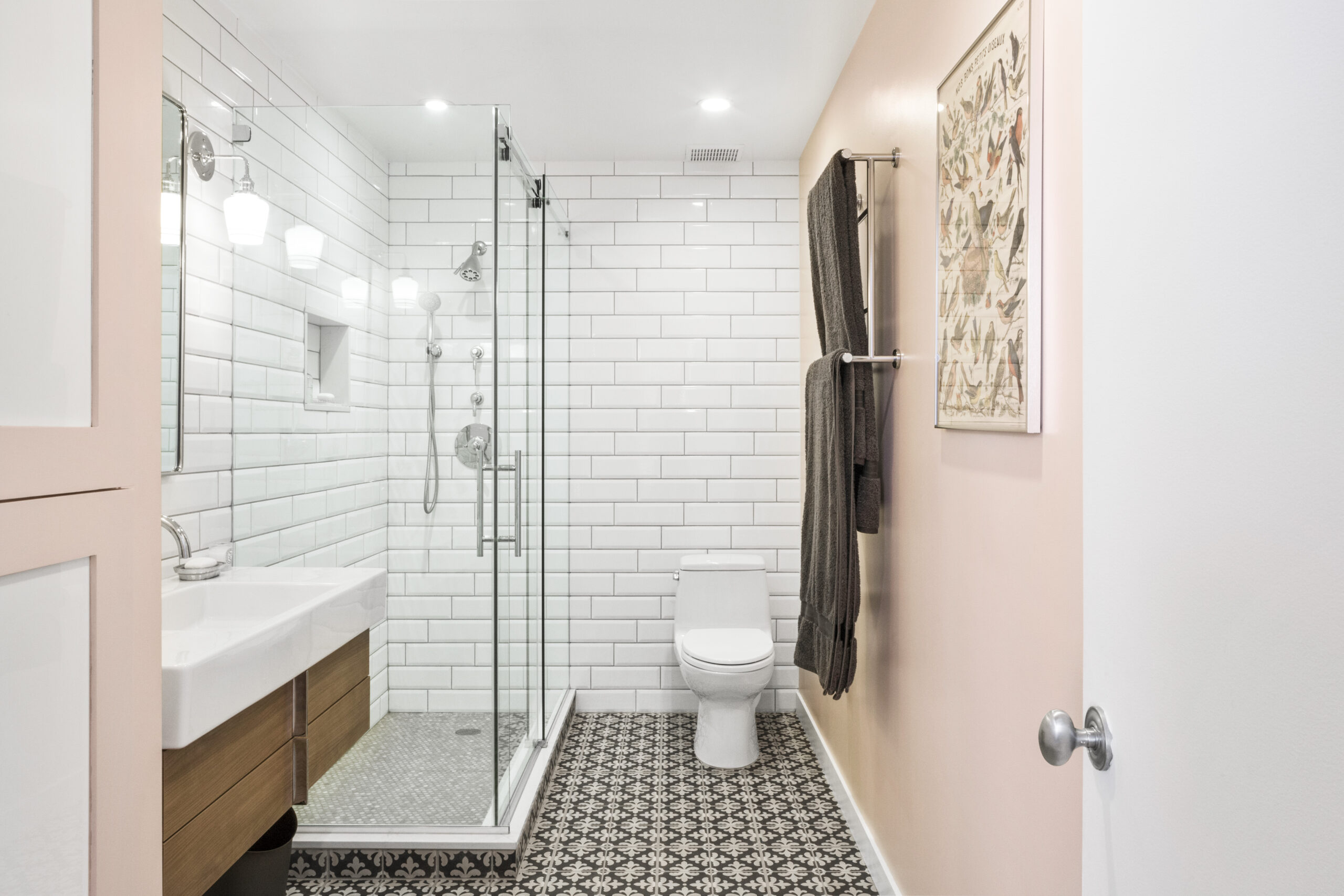Curb Appeal King: Why Your Front Door Matters Most
They say you never get a second chance to make a first impression, and nowhere is that truer than with your home. When it comes to curb appeal, your front door isn’t just an entrance; it’s the heart of your home’s welcome, setting the entire tone. From a bold statement to subtle elegance, your door needs to be a perfect blend of style, security, and smart design (think draft-free!).
A wide variety of front door styles lets homeowners upgrade looks and security
Choose wisely, and you’ll not only captivate passersby but also unlock a significant boost in your property’s value.
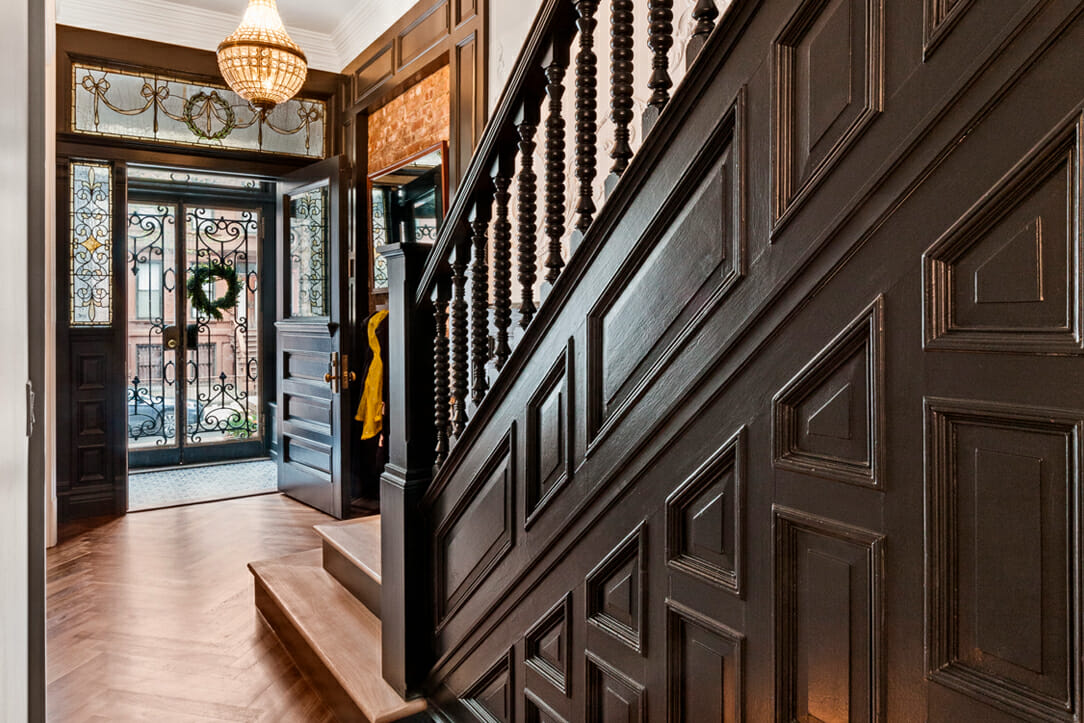
Post your project on Sweeten for free and make your dream renovation a reality. Sweeten simplifies home renovation by connecting homeowners with top-rated general contractors, handling the vetting process and project management. To learn more about how we can help, check out our home renovation services.
When should you upgrade a front door?
In short: security, energy efficiency, and good looks. The appropriate door performs on many levels. It’s also a good investment. The National Association of Realtors advises that homeowners can expect as much as an 80 percent return on window and door upgrades at closing. If you’re not moving, this enhancement makes you a better neighbor and a happier homeowner with a prettier front entrance. Prices across front door styles can range from $200 up to $2,000+ if you add on sidelights, transoms, or different finishes.
You can also seize the opportunity to upgrade security with a newer, more secure lock system. Additionally, you could also get an energy-efficient door that reduces air leakage and cuts your utility costs!
Finding your front door style
The choice is yours, and you can have whatever you want—windows or a solid panel, sidelights, or a transom. To maximize curb appeal, you should stick with a door that fits with the architecture of your home. Today’s houses, especially new construction, can often be a hybrid that includes features from different eras. For example, you’ll see Tudor plus French Revival, or Spanish Colonial plus Craftsman. Consult with a professional (an architect, your contractor, or a door company sales rep) who has experience pairing the right door with a particular house style. You can also research architectural home styles online, like on manufacturers’ websites, and compare what you find with your home. Therma-Tru Doors offers the DoorWays app, which allows you to try out different doors on an image of your own front entrance.
Exterior renovation by Sweeten contractor Richard
Front door systems and configurations
You’ll find that entry doors are often referred to as “door systems.” This means they come pre-hung in a frame and pre-drilled for both doorknob and deadbolt, not just a mere rectangular slab. The system should also include the door’s bottom edge, which interlocks with the threshold. It will also likely have weather stripping encircling the door’s perimeter. This setup is convenient and sensible. This way, you purchase all the door features from one manufacturer to ensure everything functions well together.
If you’re replacing an existing door, you will want it to be the same size as the previous one, unless you are taking apart the entire entryway for a dramatic change. Changing the dimensions of the door (like adding sidelights or a transom) involves reframing the opening. For this type of involved job, you want to work with a general contractor. Before committing to a particular door, consult with your own contractor to ensure the door will fit. (Do this before it is paid for and delivered!)
Other terms you’ll encounter are “flush” and “paneled.” Flush doors are flat and smooth on both faces. Paneled doors have rectangular recesses framed by horizontal rails and vertical stiles. Originally, panel construction was meant to minimize cracking and warping on wood doors. They do this by giving the panels room to shift with changes in humidity. The “look” caught on, and it can now be found in other door materials. Sweeten brings homeowners an exceptional renovation experience by personally matching trusted general contractors to your project, while offering expert guidance and support—at no cost to you.
Renovate expertly with Sweeten
Front door material choices
When you see the word “door,” you may automatically think “wood.” However, there’s more to materials nowadays, including fiberglass, steel, and wood composites. In each of these categories, doors are typically made of more than one material. Other materials are incorporated to enhance stability and energy efficiency. A wood door may have a steel interior, a steel door may have a wood exterior, a fiberglass door may have a wood frame—all for stability and strength—and most will have some type of foam insulation to fill the interior voids.
Each of the materials has its pros and cons, and the versatility to achieve different styles, configurations, and finishes, including the look of woodgrain.
Sweeten simplifies home renovation. We connect homeowners with top-rated general contractors, handling the vetting process and project management. To learn more about how we can help, check out our guide to home renovation services.
Fiberglass front doors
Pros: Fiberglass doors are a practical choice for most climates, particularly harsh or humid weather. They resist wear and tear extremely well. Available in smooth or embossed woodgrain texture, they can mimic the look of wood and take paint or stain. These doors are dent-resistant, require little maintenance, and typically come with a long warranty, from 20 years to a limited lifetime.
Cons: Can crack under severe impact.
Price range: $200 – $1,500
Steel front doors
Pros: Steel doors are positioned as the strongest of doors. They will not crack or warp. Coated with a baked-on polyester finish, steel doors will require periodic repainting. Higher-end versions come with a vinyl finish for greater weather resistance. Some manufacturers offer a wood veneer or wood composite coating that can be stained.
Cons: Not as weather-resistant as fiberglass or wood doors. They are easy to dent, and dings are hard to fix. Scratches on steel doors may rust if not treated promptly. In extremely high temperatures, the surface can be hot to the touch.
NOTE: Both steel and fiberglass doors should come with a thermal break that separates the inside and outside door skins. This prevents the transfer of outdoor heat and cold, which can cause frost to form on the inside surface.
Price range: $200 – $2,000
Wood front doors
Pros: Fans of wood front doors are drawn to its heritage of warmth and the versatility of different species. Wood resists cold and heat. Some wood doors are composed of veneer skin over an engineered wood core. This protects the core from moisture that causes shrinking, swelling, and warping. It’s also the least likely material to dent, and scratches are easy to repair.
Cons: Solid doors can be made through a millwork shop, lumberyard, and some door manufacturers, but they are expensive and time-consuming to complete. They also require regular upkeep—painting or varnishing to maintain their appearance—and a protected area in the shade or under an overhang.
Price range: $175 – $2,600
Decorative details for front doors
The hardware—hinges, door handle—are practical, while also complementing your door style. Manufacturers will offer further options for customization with decorative glass, grilles, metal trim, and clavos (AKA, decorative door studs). Sidelights and/or a transom also lend visual interest while letting in more light. There’s plenty of choice within the glass category, too—clear, rain, satin, and geometric to name a few. And don’t forget the door knocker, even if you have a doorbell!
Front door styles: Colors to consider
A contrasting or complementary door color adds a touch of wit and drama to the entry. Try matching it to the window frames or shutters, if you have them, for a truly coordinated look. Or just go for it with one bold color for the door. Many manufacturers offer color as part of the door selection process, which saves you the trouble of painting. These finishes are formulated to be fade-resistant, too.
Picking the right front door can feel like a big commitment, and it is. But as with all the right relationships, it’s one that you can depend on and enjoy for many years.
Planning to renovate? Get free cost estimates from our partner GCs!
Get matched with our vetted general contractors and receive at least 3 quotations for free! You can also find endless home renovation inspiration, detailed guides, and practical cost breakdowns from our blogs.
